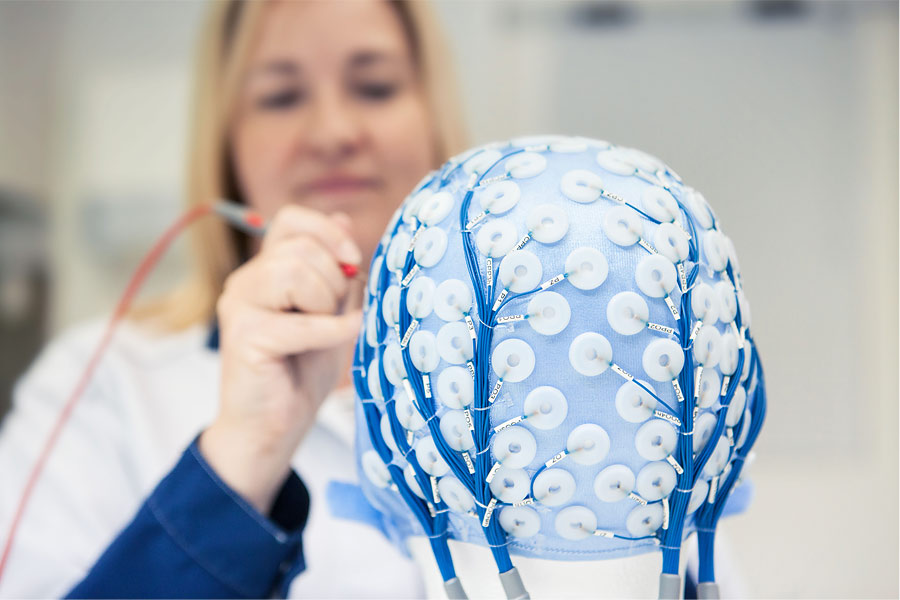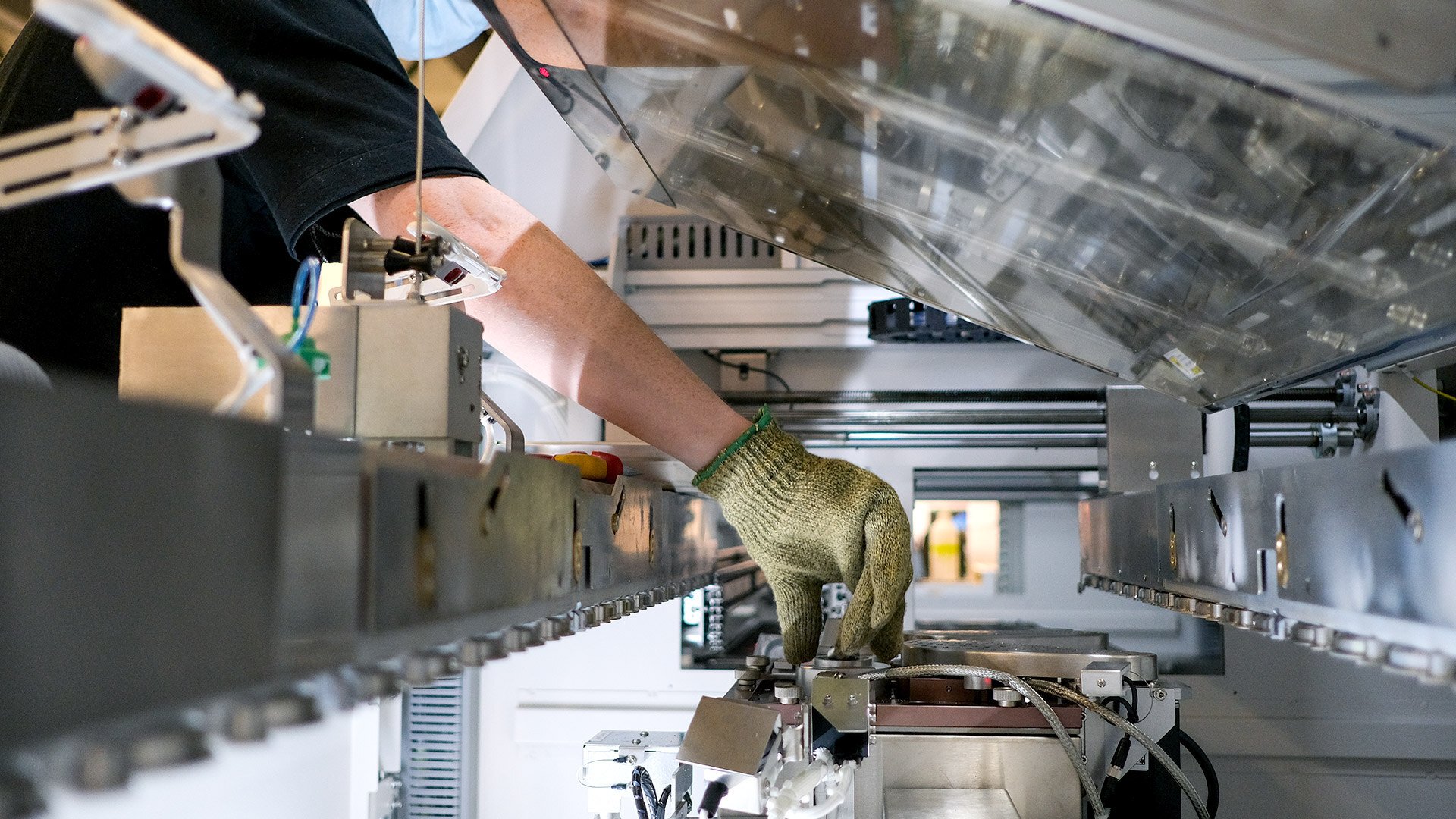Finding answers? Welcome! - This is an unofficial guidance which is intended to assist medical device OEMs by answering to some common and basic questions concerning quality compliance and regulatory affairs in medical business. If you did not found what you were looking for, please find our contact details in the end of this post for further discussion and/or questions!
Let's start!
Q1. How are medical devices classified?
Q2. How does regulations vary between different classes?
Q1. How are medical devices classified?
Generally device classification depends on the intended use of the device and also upon indications for use. In addition, classification is risk based, that is, the risk the device poses to the patient and/or the user is a major factor in the class it is assigned.
In Europe a medical device may be classified as Class I, Class Is (sterile), Class Im (measurement function), Class IIa, IIb and III, with Class III covering the highest risk products. IVDs have their own classification scheme and while active implantable devices do not follow the same classification system as provided by the MDD, they are subject to similar requirements as Class III devices.
FDA classifies the devices into three classes: Class I, Class II and Class III. In USA the classification is based on similar devices on US market. IVD products are classified into Class I, II, or III according to the level of regulatory control that is necessary to assure safety and effectiveness.
Q2. How does regulations vary between different classes?
In Europe, the higher the classification the greater the level of assessment required. All Class Is, Im, IIa, IIb and III medical devices require the intervention of third party: the so-called Notified Body.
In USA all classes of devices as subject to General Controls. General Controls are the baseline requirements of the Food, Drug and Cosmetic (FD&C) Act that apply to all medical devices, Class I, II, and III.
For Class I devices the General Controls, With Exemptions or Without Exemptions apply. For Class II General Controls and Special Controls apply, With Exemptions or Without Exemptions and for Class III General Controls and Premarket Approval apply.
Exemptions mean that the devices are exempt from the premarket notification [510(k)] requirements subject to the limitations on exemptions. However, these devices are not exempt from other general controls.
Sources, where you can read more about the subject:
EU - click here.
Note that the classification is somewhat changed in new MDR and significantly in new IVDR!
FDA - click here.
Q3. I’ve been working as leading engineer within consumer electronics many years, and now I’m planning to utilize my expertise in developing and building a new medical innovation to the market. Are there any specific features defining medical field that I should take into account?
Yes, there are. The design and manufacturing of medical devices is way more challenging than engineering work and factory production of e.g. consumer electronics. In medical device business, it is not enough to have just a good end-product - the development and production processes need to follow strict regulatory requirements. In addition to following the regulations, the companies must also be able to demonstrate that they operate according to them.
Read more about this subject, and what kind of criteria you need to follow from our blog post.
Q4. To be able to sell the device in the certain market, is it enough to acquire the needed marketing authorizations, or is there something else we should recognize?
Regulatory approvals and/or marketing authorizations are not enough. Knowing and following the regulations related to each life cycle phase of the device is mandatory for each medical device OEM in the field: in order to ensure the safety and effectiveness of medical devices, the regulations have to be taken into account through the entire product life cycle.
To read more about what kind of requirements we need to meet during different stages of the medical device life cycle to develop a device, which is safe, effective and perfectly suitable for its intended use, you can download our free white paper here.
Q5. What are the main reasons for that rules and regulations are strict and compelling in the medical field?
The main purpose of enforcing standards and regulations in the medtech and healthtech sector is to protect both the patients and the users by ensuring the safety and effectiveness of the devices. This is the most important aspect in the quality assurance process in medical business. There must be confirmation that the potential benefits outweigh the potential risks.
Read more about why are rules and regulations needed in the medical field from here.
Q6. What are the most important criteria that need to be followed and taken into account when working in the medical field?
When developing and manufacturing medical devices, the certain “criteria” that companies need to follow includes e.g. the quality management system (QMS), which is “must have” for every medical device manufacturer. In addition to QMS, the regulatory requirements concerning medical devices are compelling. The harmonized/recognized standards shall be used early in design. The regulatory approvals granted by the regulatory authorities are also a necessary prerequisite to achieving the market authorization for the device.
Read more about the rules and regulations of the whole life cycle of the medical device by downloading our Free White Paper here.
Q7. Our company does not have a quality management system in place, yet. How does the QMS help us and how can we move forward?
The QMS can be seen to be one key to ensure the success in the market. The well-established quality management system helps the companies to comply with current regulations as it establishes the company processes in a way that those align with regulatory expectations and standards.
We suggest you to partner with some professional in the field that can help you to proceed with all Quality and Regulatory actions; e.g., who can create and maintain certified QMS which is based on your own operation at the very practical level. Alternatively, you can outsource the design and/or manufacturing to a partner company who has the QMS in place and have only other functions covered in your QMS.
Read more about QMS as a key to your success from here.
Q8. What kind of standards, laws and regulations we need to take into account in the design and development of the medical device?
Designing and developing medical devices is actually a very complex process full of needs, specifications and requirements set by authorities, patients and end users - all of which must be taken into account and adhered to create a successful medical product. The design of the device must satisfy all the criteria if the development is to proceed. These areas are, in turn, governed by specific standards, which can be divided in two; process related standards and device related standards. Device related standards can be divided to horizontal and vertical standards.
There are different regulatory requirements for different market areas as well as different requirements for required standards.
Read our tips on how to balance regulatory compliance with medical device design and development process here.
Q9. What kind of standards, laws and regulations we need to take into account in the manufacturing of the medical device?
The device need to be built according to MDD, IVDD, ISO 13485, and FDA requirements (QSR) and standards throughout the entire process. These also include the requirements that are enforced by other countries’ regulators (e.g. Japan, Brazil etc.).
Q10. What kind of marketing authorizations are needed in order to get the device sold in the targeted markets?
There are many of them, depending on the market areas your company tries to reach. To mention few, e.g. CE marking is required for EU market, FDA 510(k) or PMA approval is required for US market, and Canada MDL is required for Canadian market. We suggest you to partner with some professional in the field that can help you to proceed with all Quality and Regulatory actions; the documentation from the design and development team has to support the regulatory submissions to desired marketing areas.
Q11. It seems the jungle of rules and regulations is very strict and complicated in the field. Is it really possible to achieve more agile process for the medical device lifecycle and/or speed-up the time to market launch?
Based on our 20+ years of experience we’d say that to ensure an expedited path from the original idea to the final market launch, quality should be built into the company’s internal processes from the get-go. Through such fine-tuned, high-quality processes companies can ensure that all the regulatory requirements are met during each phase from the idea to production and post production activities – at the same time speeding-up the time to market launch.
Read more about the topic by downloading our Free White Paper.
In addition, we've found that agile medical device design & development is achievable despite the burdensome regulations and more complex business environment. Medical device design and development can greatly benefit, e.g., from three commonly known methodologies of product development: Design Thinking, Lean Start-up, and Agile. In our another White Paper we’ll describe in a detailed level how to get high-quality medical product to the market as quickly as possible by utilizing a new kind of product development model which is based on these three methodologies. You can download the white paper from here.
Did you found this useful? Or did not found what you were looking for? Please contact our Head of QA&RA, Tiina Kotipalo, she will be happy to assist you! -- tiina.kotipalo@innokasmedical.fi










